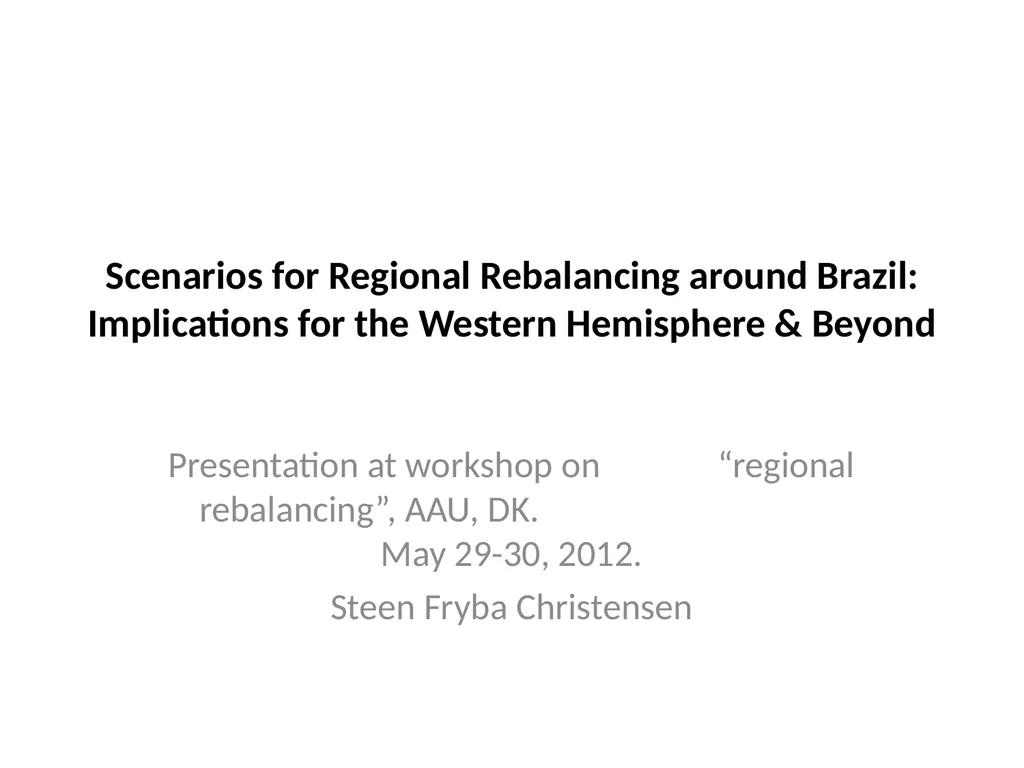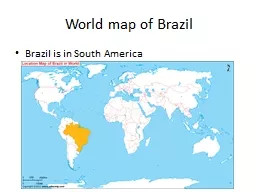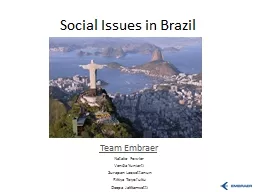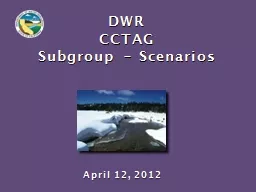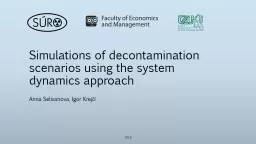Scenarios for Regional Rebalancing around Brazil:
Author : sherrill-nordquist | Published Date : 2025-05-24
Description: Scenarios for Regional Rebalancing around Brazil Implications for the Western Hemisphere Beyond Presentation at workshop on regional rebalancing AAU DK May 2930 2012 Steen Fryba Christensen Regional rebalancing Regional
Presentation Embed Code
Download Presentation
Download
Presentation The PPT/PDF document
"Scenarios for Regional Rebalancing around Brazil:" is the property of its rightful owner.
Permission is granted to download and print the materials on this website for personal, non-commercial use only,
and to display it on your personal computer provided you do not modify the materials and that you retain all
copyright notices contained in the materials. By downloading content from our website, you accept the terms of
this agreement.
Transcript:Scenarios for Regional Rebalancing around Brazil::
Scenarios for Regional Rebalancing around Brazil: Implications for the Western Hemisphere & Beyond Presentation at workshop on “regional rebalancing”, AAU, DK. May 29-30, 2012. Steen Fryba Christensen Regional rebalancing Regional rebalancing is happening and has gained speed after the international financial crisis broke out in 2008. Strengthening of East-South: Asia/China, much of the South. Relative weakening of United States and Europe. Tendency continues, particularly in parts of Europe. Brazil’s role and politics in regional rebalancing and world order change 1. Role in the region 2. Role in the international system Brazil’s main aims + foreign relations tools 1. Economic development and strengthening 2. Political Influence 3. Change the global order via “new trade geography” and coalitions in global politics. Rebalancing development Foreign relations has instrumental role. It follows a pattern of “variable geometry” – with priorities: 1. Regional integration. 2. South-South coalitions. 3. Bilateral partnerships (parcería): United States, Argentina, China and others. Economic emphasis. Regional rebalancing around Brazil 2003 (Lula/PT) South America as a stable and prosperous region as a high priority in 2003 (context of economic crises and socio-political instability). South American integration. “Global Player” ambition – South-South coalitions and “reciprocity multilateralism” (of results) - IBSA, G20, bilateral relations with similar countries – China, India, South Africa. The two aspects are initially emphasized in a balanced way and later with a low priority to the region and a high priority to the world – global aims. Regional rebalancing around Brazil: the regional level - successes Economy: South America a platform for Brazil’s competitive insertion in the global economy. IIRSA. Mercosur/ Andes trade agreements. UNASUR. Internationalization of Brazilian businesses. Geo-politics/regional security: Brazil’s sphere of influence – South America as a pole in a multipolar order. Council of South American Defence (2009). Reducing US influence. Regional rebalancing around Brazil: the regional level - challenges Asymmetrical economic relations between Brazil and Mercosur/Andes countries. North/South (Argentina as partial exception). Argentina’s breaking of rules, Bolivia’s nationalization of oil and gas. Skepticism about Brazil’s leadership ambition: Perception: Brazil is pursuing a “hegemonic” strategy in the region rather than a “leadership strategy”. Brazil’s “soft” responses – “firefighter” strategy with aim of being perceived as focused on common interests . Regional rebalancing around Brazil: the regional level - challenges Centrifugal tendencies: foreign policies and strategies of economic insertion. China (Asia) and United States as alternative poles of attraction. Makes leadership and regional unity difficult. Regional rebalancing is
